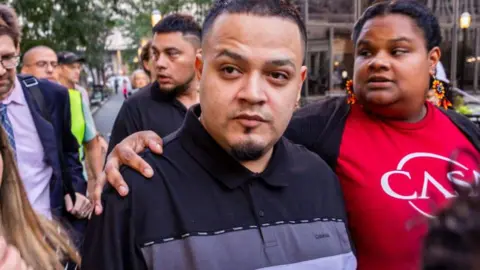The Trump administration is ramping up its trade negotiations as higher tariffs loom on August 1, yet the meaning of a "trade deal" has entered murky waters. President Trump is employing the term broadly, seemingly equating it with any form of agreement he considers favorable, no matter how informal or one-sided.
Recent discussions indicate that traditional trade deals—which often stretch for hundreds of pages and require extensive negotiation—are not the standard anymore under Trump's leadership. For example, a framework agreement recently announced with Britain consists of just a few pages, filled with promises that lack comprehensive details. Similarly, a "great deal of cooperation" touted with Vietnam has not been formally documented in any public agreements, leaving many details in question.
Moreover, the president's use of the term extends to a truce with China, labeled a "deal," but in reality merely involves rolling back tariffs rather than any substantive alterations to trade rules. During a cabinet meeting, Trump even referred to unilateral tariff notifications done via social media as "deals," showcasing his expansive interpretation of the term.
As the deadline for new tariffs approaches, negotiations with trading partners appear increasingly complex, raising concerns over what constitutes a legitimate trade agreement in the current political landscape.






















